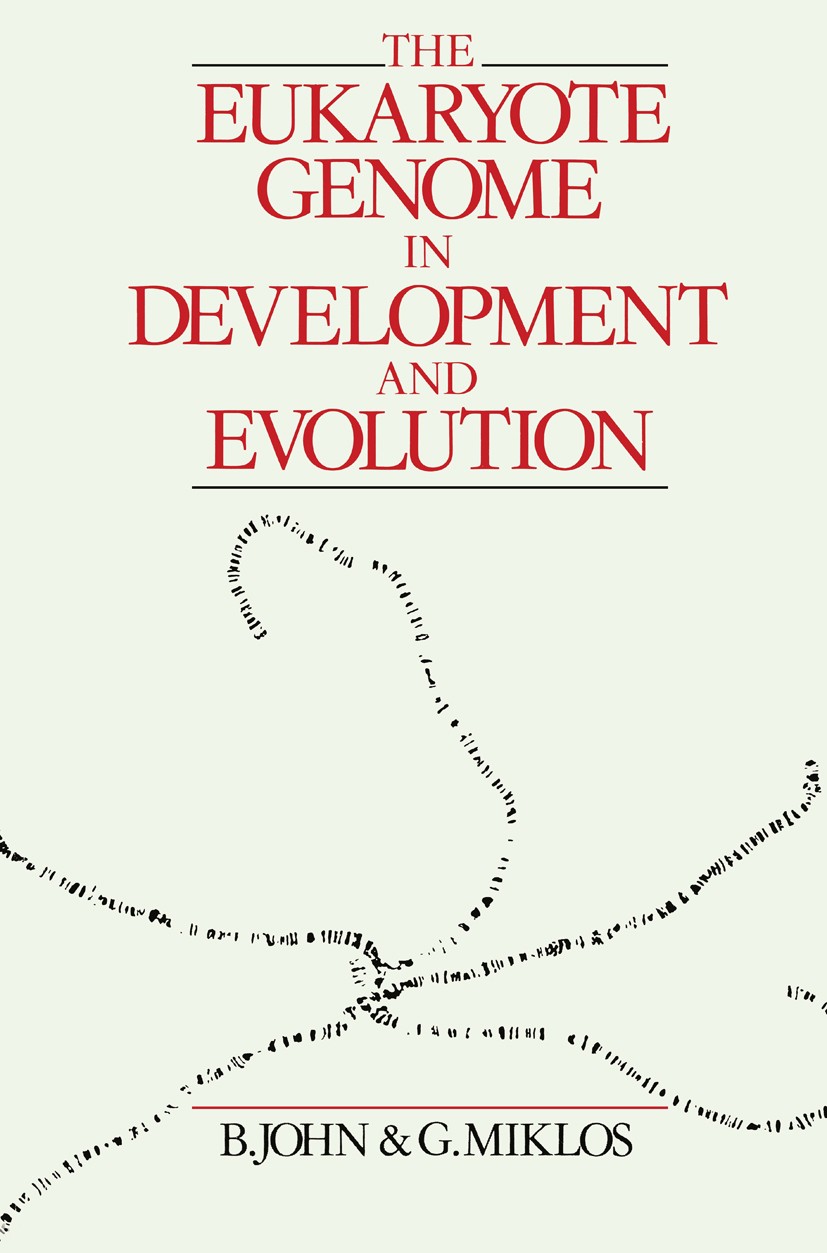| 书目名称 | The Eukaryote Genome in Development and Evolution | | 编辑 | Bernard John,George L. Gabor Miklos | | 视频video | http://file.papertrans.cn/910/909062/909062.mp4 | | 图书封面 |  | | 描述 | ‘The mind unlearns with difficulty what has long been impressed upon it. ‘ Seneca Reductionism, is, without question, the most successful analytical approach available to the experimental scientist. With the advent of techniques for cloning and sequencing DNA, and the development of a variety of molecular probes for localizing macromolecules in cells and tissues, the biologist now has available the most powerful reductionist tools ever invented. The application of these new technologies has led to a veritable explosion of facts regarding the types and organization of nucleotide sequences present in the genomes of eukaryotes. These data offer a level of precision and predictability which is unparalleled in biology. Recombinant DNA techniques were initially developed to gather information about the structure and organization of the DNA sequences within a genome. The power and potential of these techniques, however, extend far beyond simple data collection of this kind. In an attempt to use the new technology as a basis for analyzing development and evolution, attention was first focused on the topic of gene regulation, an approach that had proven so successful in prokaryotes. It is n | | 出版日期 | Book 1988 | | 关键词 | DNA; Evolution; chromosome; eukaryote; genes; the origin; transcription | | 版次 | 1 | | doi | https://doi.org/10.1007/978-94-011-5991-3 | | isbn_softcover | 978-0-04-575033-7 | | isbn_ebook | 978-94-011-5991-3 | | copyright | B. John and G. Miklos 1988 |
The information of publication is updating

|
|
 |Archiver|手机版|小黑屋|
派博传思国际
( 京公网安备110108008328)
GMT+8, 2025-12-17 19:26
|Archiver|手机版|小黑屋|
派博传思国际
( 京公网安备110108008328)
GMT+8, 2025-12-17 19:26


